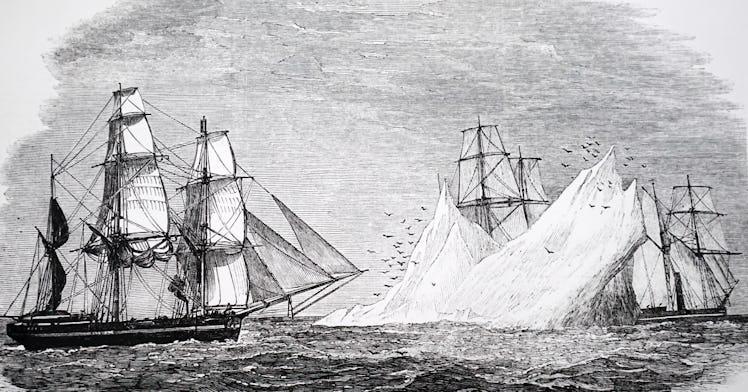4 Things You Didn’t Know About The Endurance, The Ancient Lost Ship Just Found in the Antarctic
It was said to be impossible to find but the condition the ship was found in it makes it even cooler.

Science in the 21st century is just one of those gifts that keep on giving when it comes to discovering the past. From finding new dinosaurs, to successfully applying mRNA vaccines to fight a global pandemic, or even discovering a new species, there’s so much we still can learn and uncover about this planet. One of the latest discoveries is a 107-year-old ship that was recently discovered at the bottom of the sea.
The Endurance was a lost vessel where Antarctic explorer Sir Ernest Shackleton set out to discover the world. The ship and its crew set out to make the first land crossing of the Antarctic but they had to abandon the mission and the ship once it became trapped by sea ice. In 1915, the ship was crushed by sea ice and sank to the bottom of the ocean, and the whole mission just turned into one of survival.
Thankfully Shackleton and his crew were able to escape before it fully went down and made their way back to land. But curiosity over what happened to the ship continued to grow, and now we know a whole lot more than we thought we would.
Over the weekend, scientists have found the lost ship—and here are four cool things you didn’t know about The Endurance and the quest to find it.
1. Finding the ship at all was deemed essentially impossible.
Falklands Maritime Heritage Trust mounted the project to find the ship and nearly everyone said that it wasn’t going to be possible. The same reason that the ship sank was why the mission was so challenging that sea ice could surround ships – but the discovery crew wasn’t just trying to find the ship. They had to find it underwater, after all.
“The discovery of the wreck is an incredible achievement,” mission leader and veteran polar geographer Dr. John Shearadded said, according to BBC News.
“We have successfully completed the world’s most difficult shipwreck search, battling constantly shifting sea ice, blizzards, and temperatures dropping down to -18C. We have achieved what many people said was impossible.”
2. The Endurance was found on a historically significant day.
The search for the ship was around two weeks long with a predefined search area and it was finally found on March 5. While that day will mark something cool forever, the calendar date also had a tie back to the ship itself, too. It was the 100th anniversary of Sir Shackleton’s funeral – who was buried on March 5, 1922.
3. The ship was found fully intact.
The Endurance was discovered at the bottom of the Weddell Sea, 10,000 feet underwater, and the coolest part of it all was the ship was fully intact. According to BBC News, the ship had been in the water for over 100 years and it still “looks just like it did on the November day it went down.”
Scientists spent the weekend photographing the wreck and were thrown by how intact the ship still was. “Without any exaggeration, this is the finest wooden shipwreck I have ever seen – by far,” Mensun Bound, a marine archaeologist who is on the discovery expedition. “It is upright, well proud of the seabed, intact, and in a brilliant state of preservation,” he told BBC News.
4. Life in the sea protected The Endurance and it became a wildlife refuge.
One of the reasons the ship was found in good condition was because it had “been colonized by an abundance of life – but not the type that would consume it,” BBC News explained.
“It would appear that there is little wood deterioration, inferring that the wood-munching animals found in other areas of our ocean are, perhaps unsurprisingly, not in the forest-free Antarctic region,” deep-sea polar biologist Dr. Michelle Taylor from Essex University explained.
“The Endurance, looking like a ghost ship, is sprinkled with an impressive diversity of deep-sea marine life – stalked sea squirts, anemones, sponges of various forms, brittlestars, and crinoids (related to urchins and sea stars), all filter feeding nutrition from the cool deep waters of the Weddell Sea.”
This article was originally published on